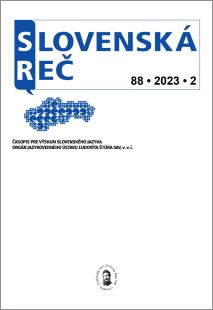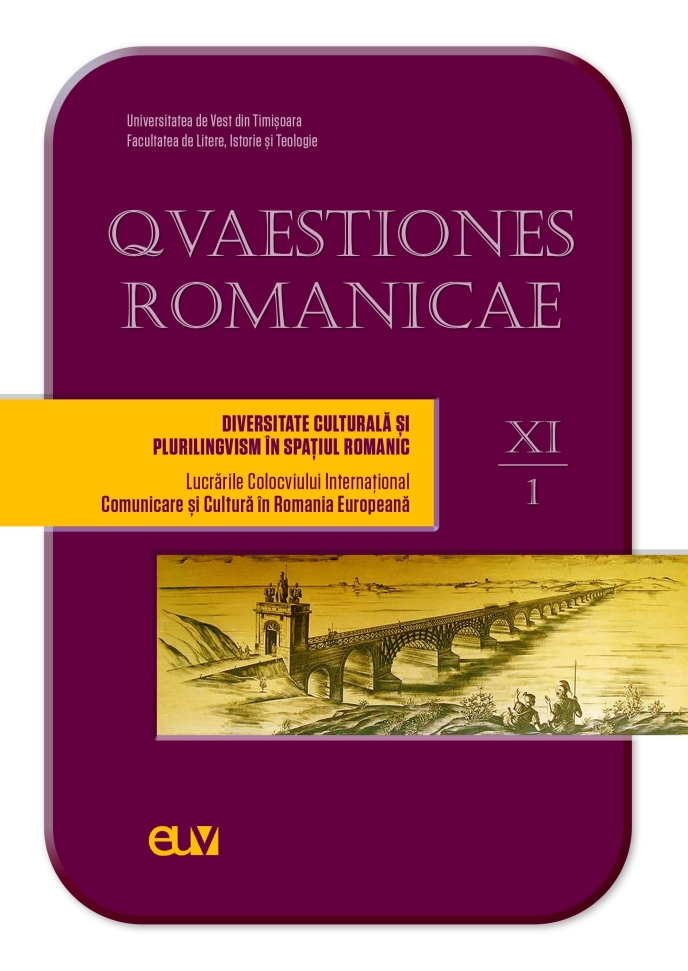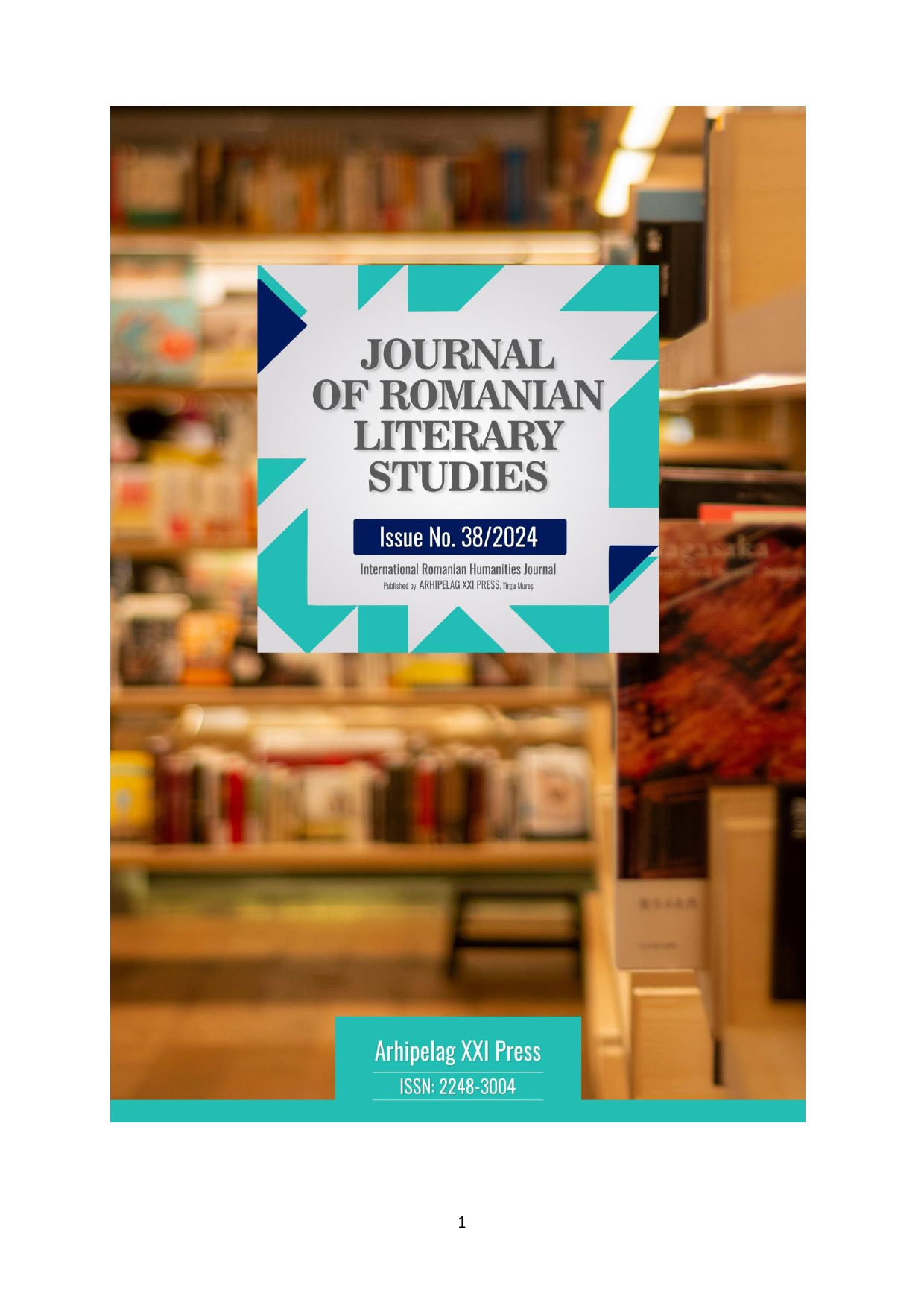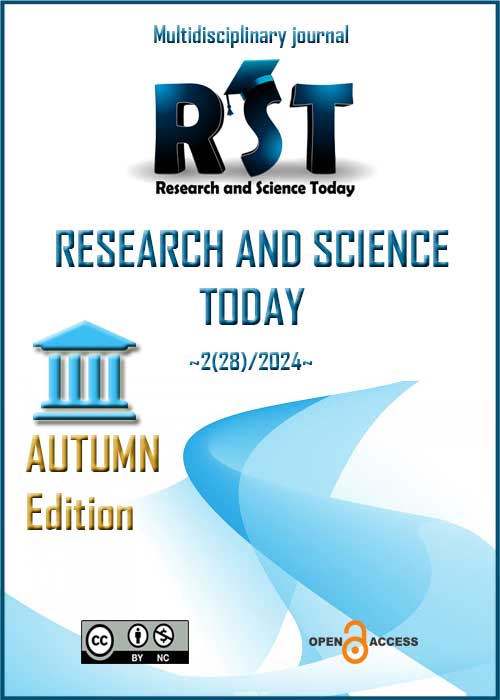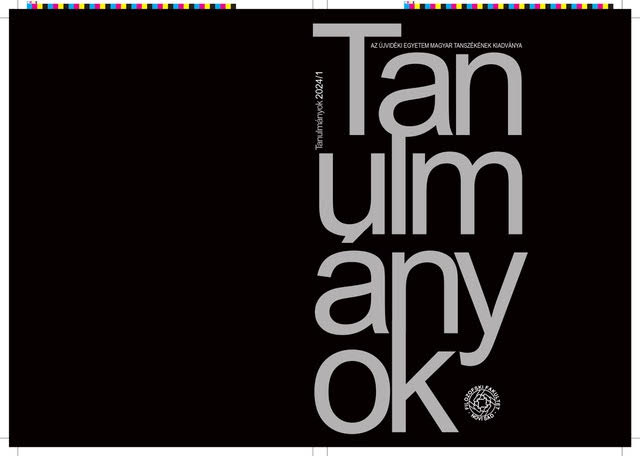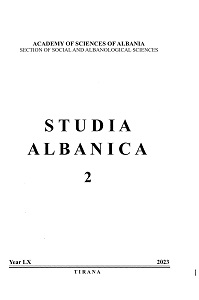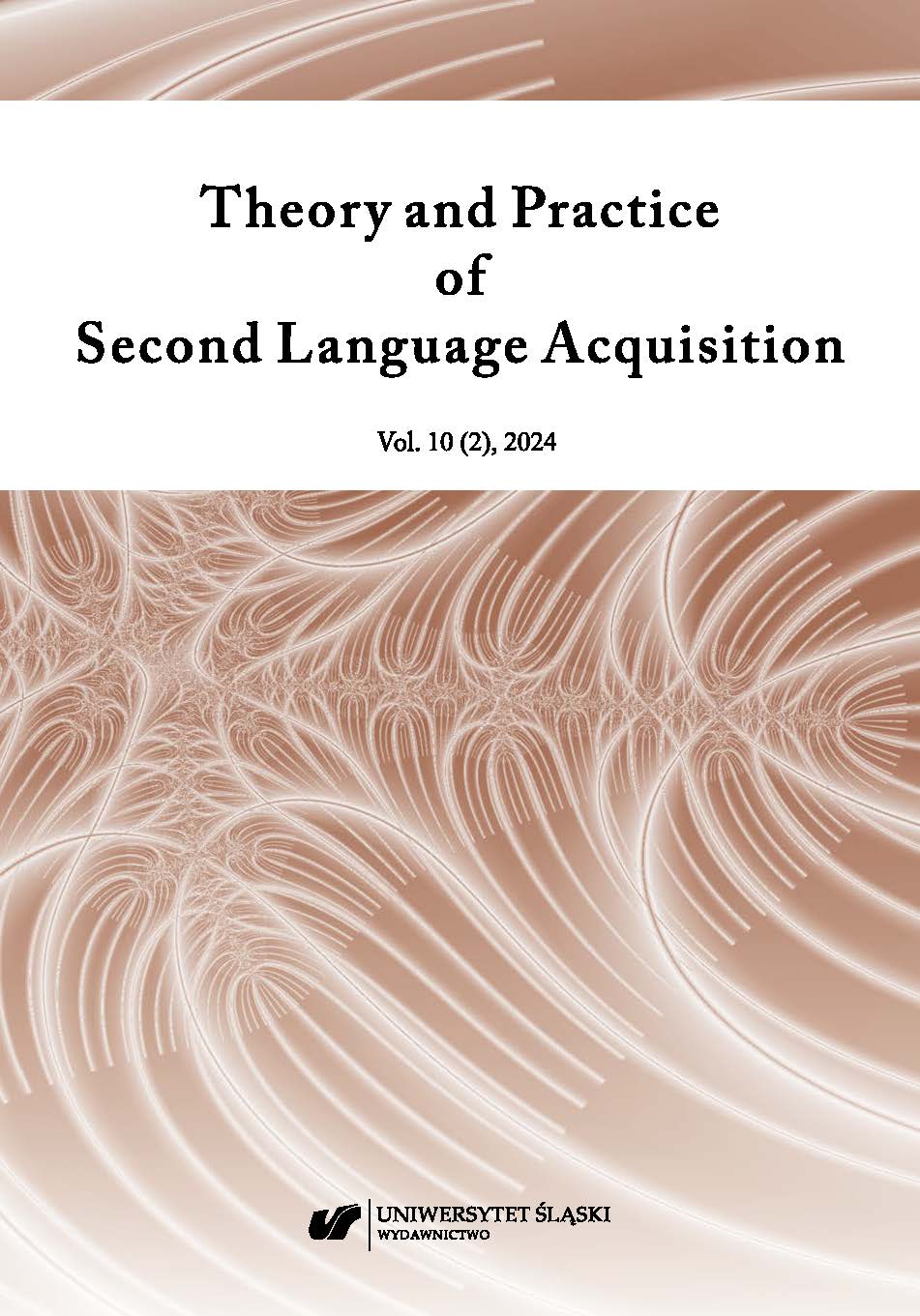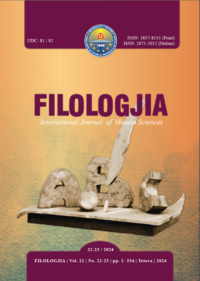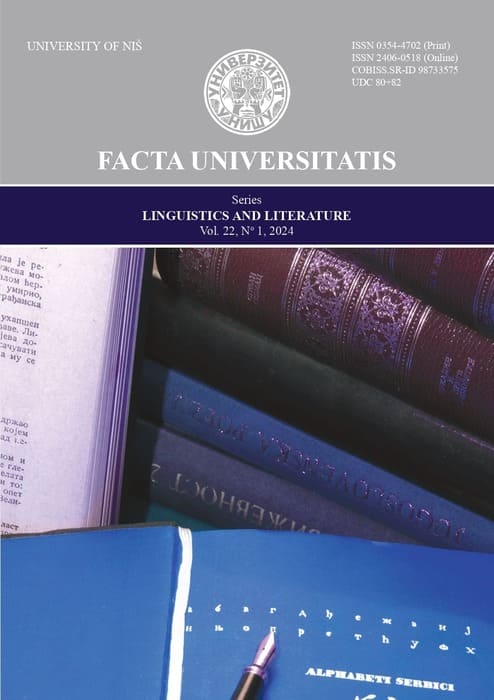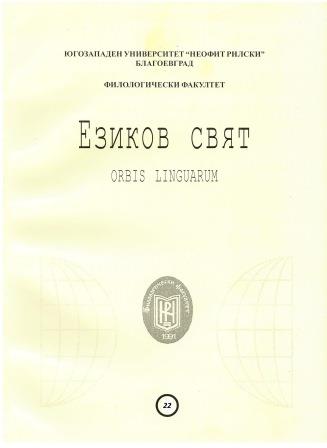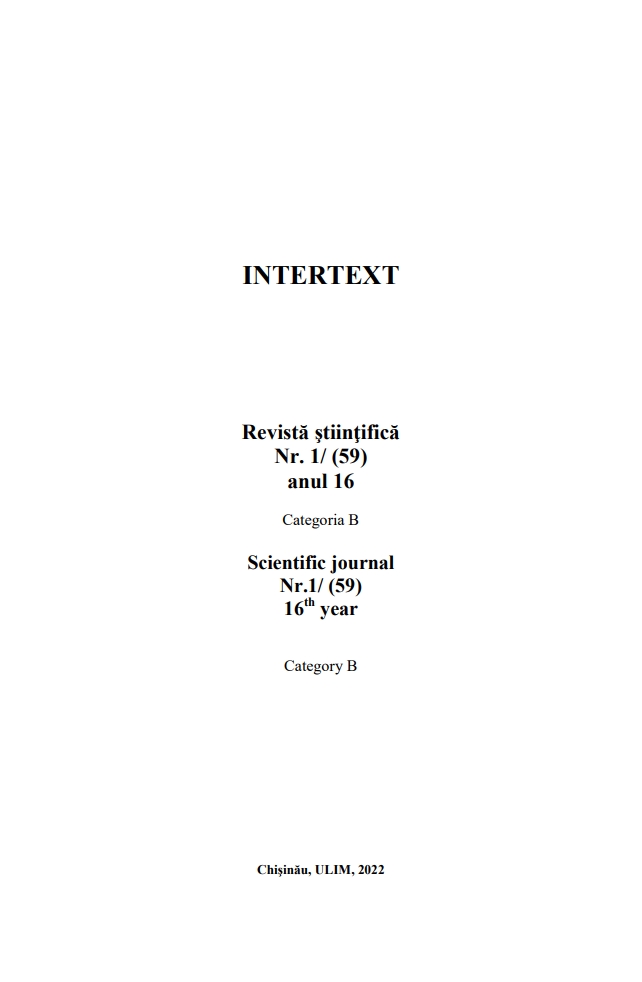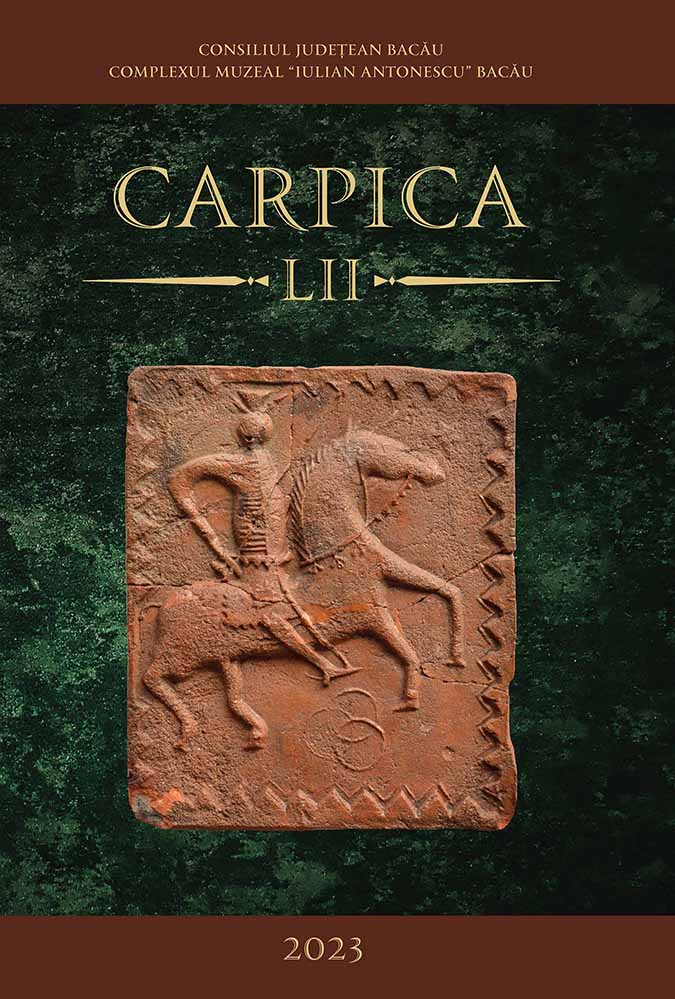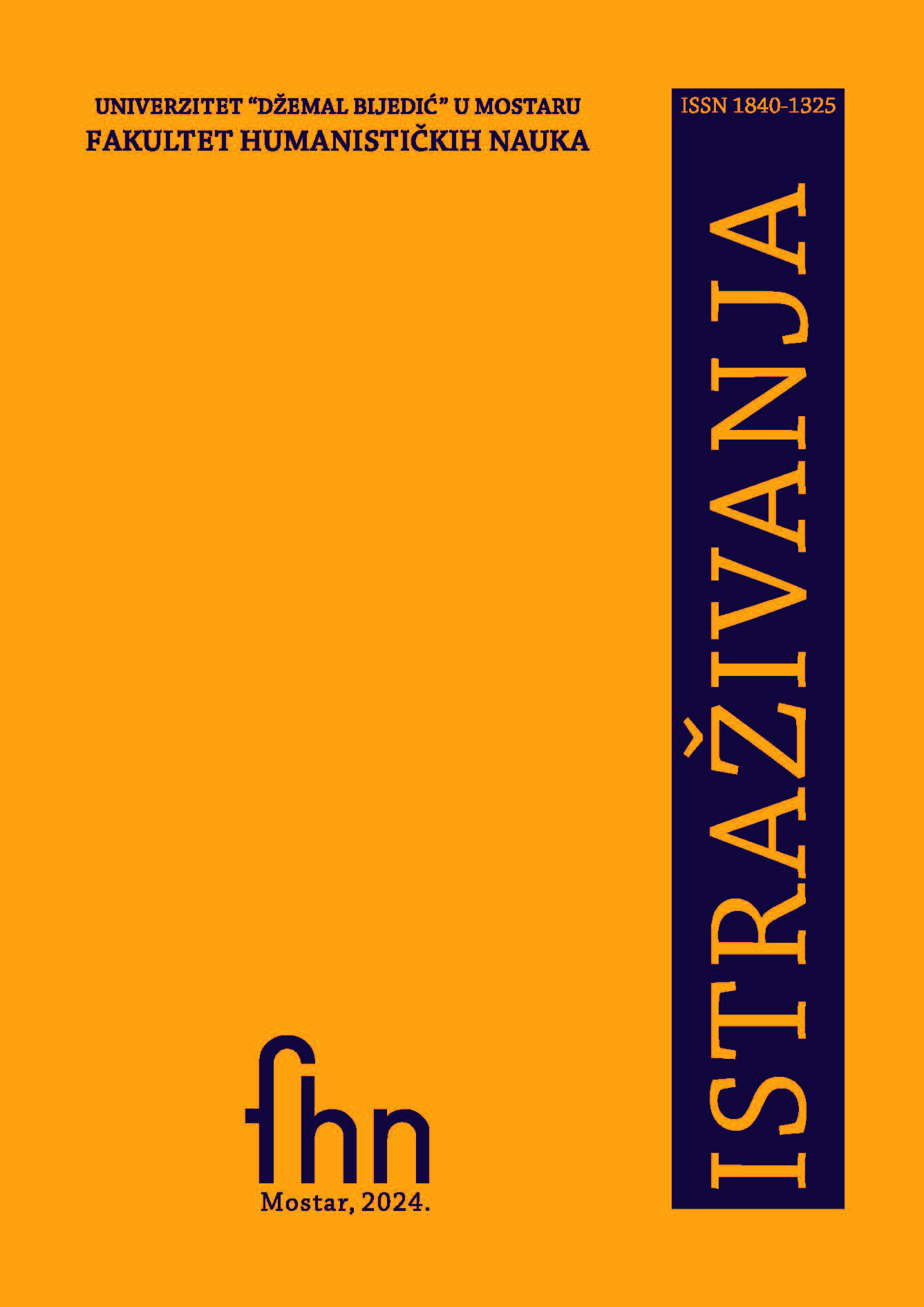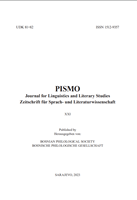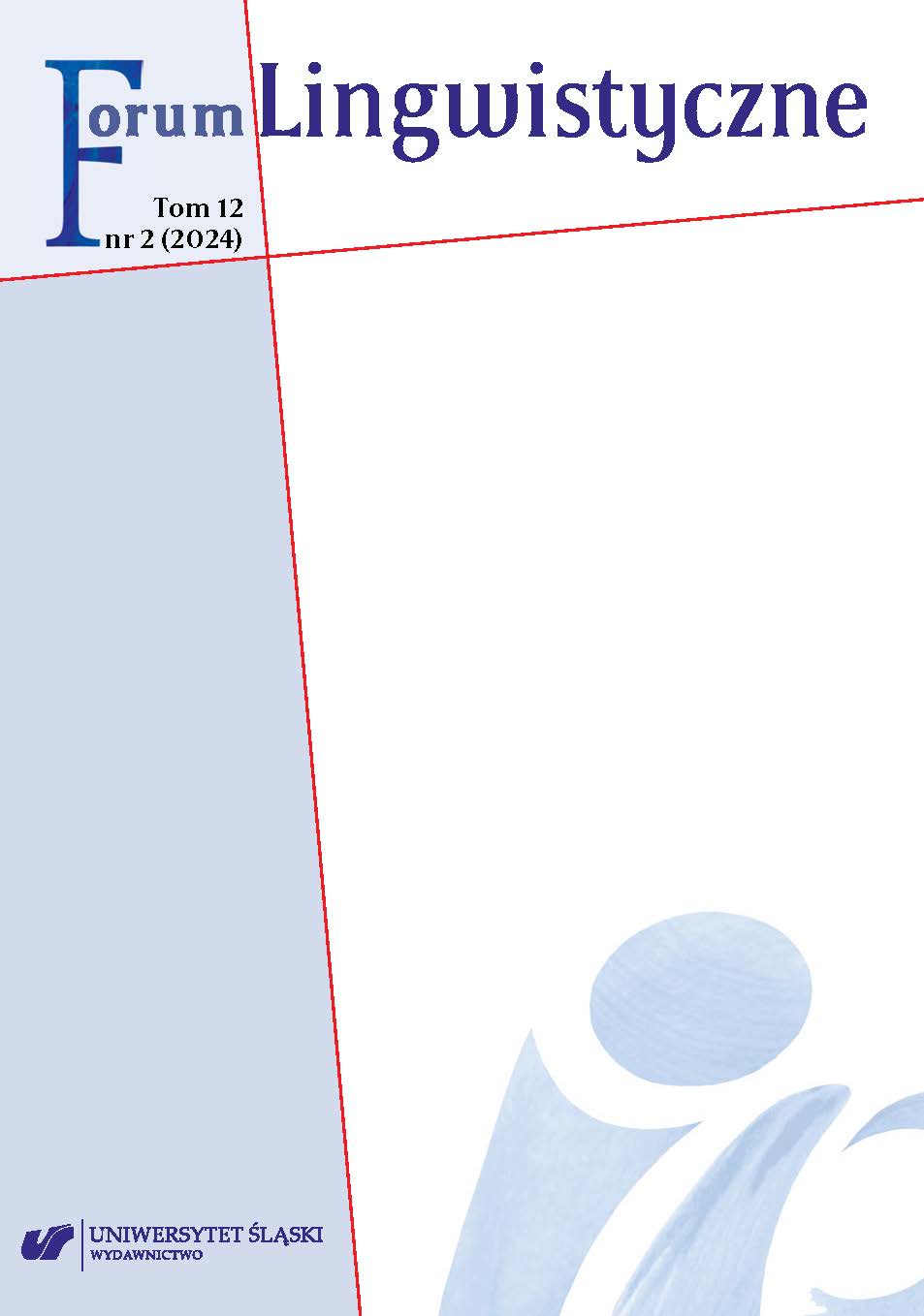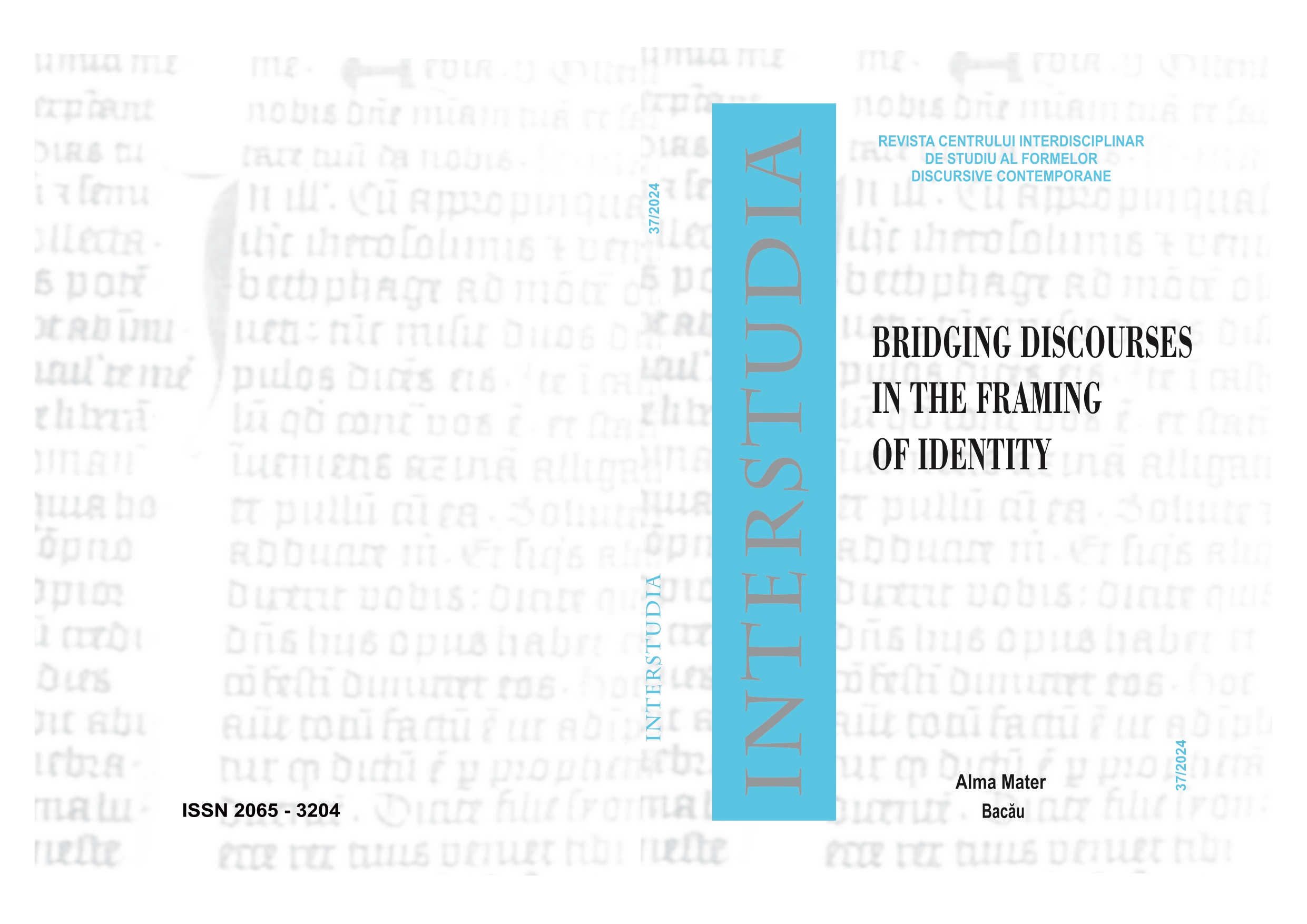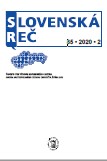
Ideologicko-persuazívne prejavy v publicistických titulkoch denníka Pravda v 60. rokoch
The contemporary newspaper headlines in the form of an individual part of the journalistic text fulfil, in addition to the basic information and orientation functions, also the function of evaluation, persuasion or manipulation. The tendencies of the latter result from the political and ideological context. In the 1960’s, the manifestations of ideology were reflected in the overlap with the linguistic sphere, creating a specific form of the language of socialism. The extralingual overlap of ideology into language was applied in connection with formal shape and semantics of newspaper headlines in a nationwide political press of Communist Party in Slovakia. The aim of the paper is to identify, analyse and interpret the persuasive and ideologically determined elements in the analytical journalism in Pravda newspaper in the years 1961 – 1970. The research focuses both on a typographic depiction of headlines and of the occurrence, application and function of language in a lexical, semantic and stylistic level.
More...
